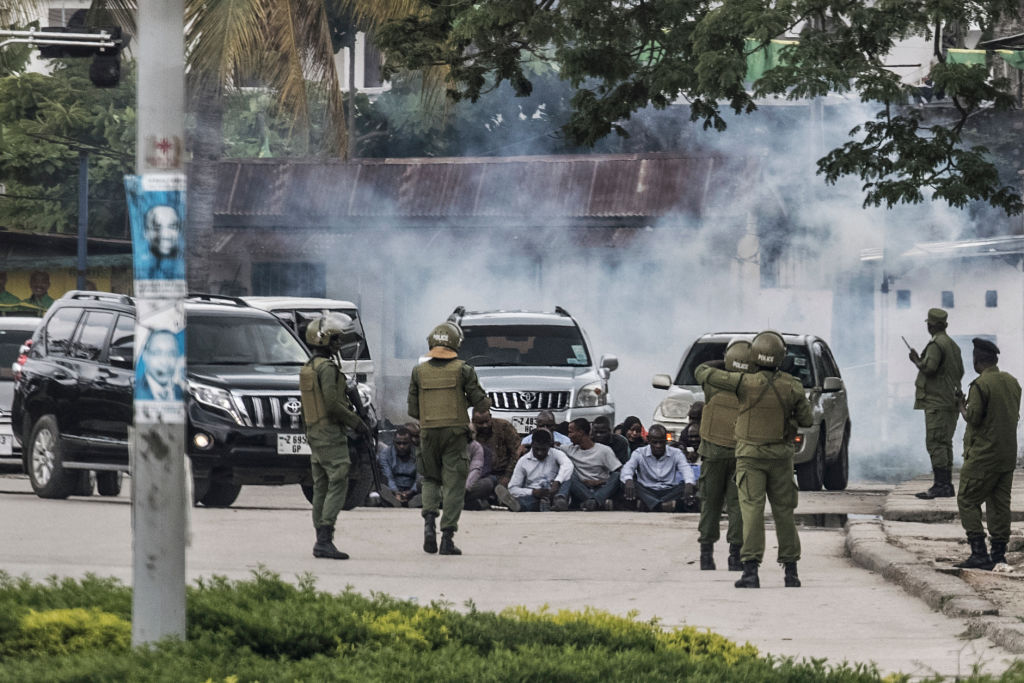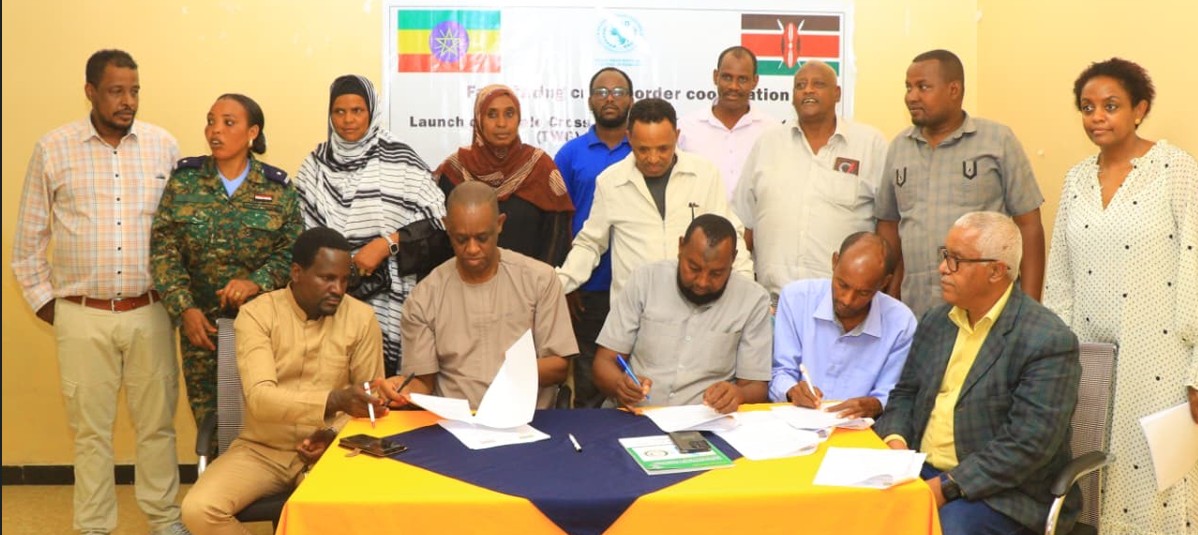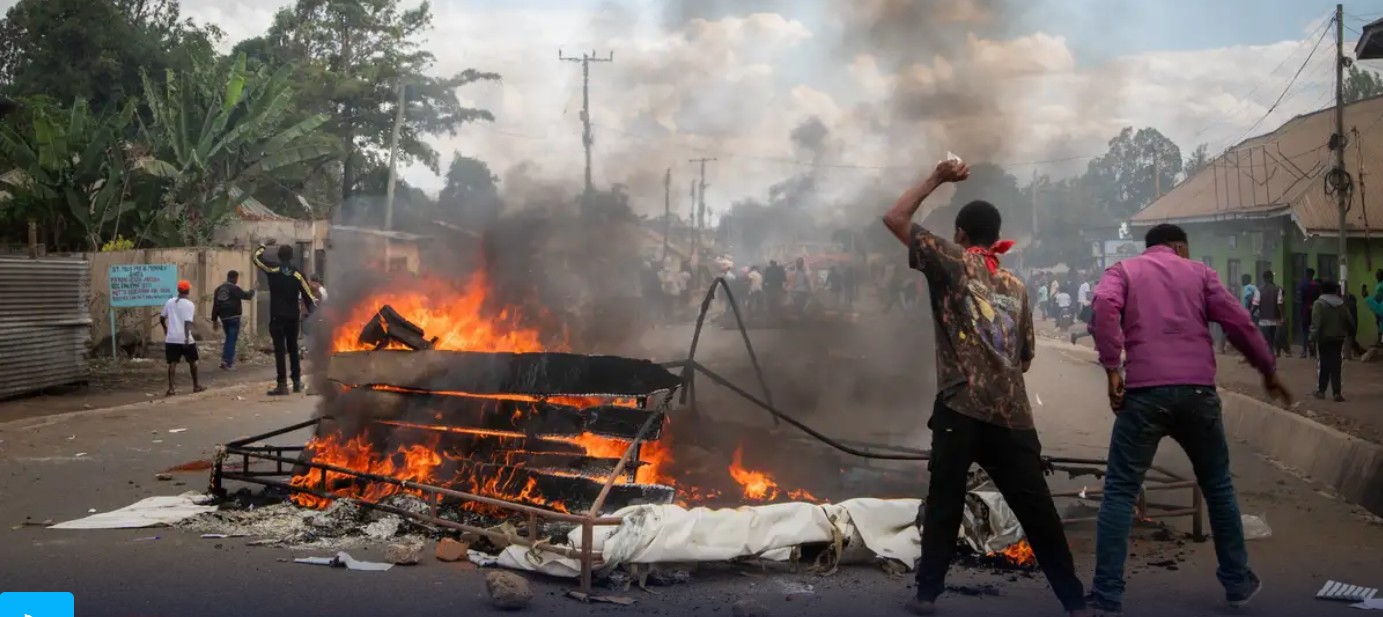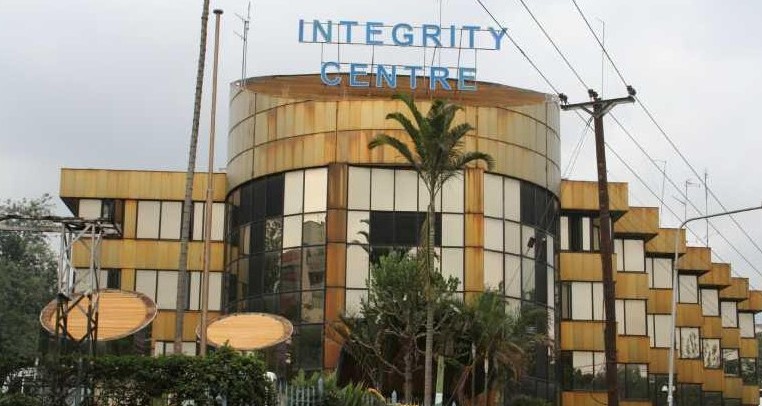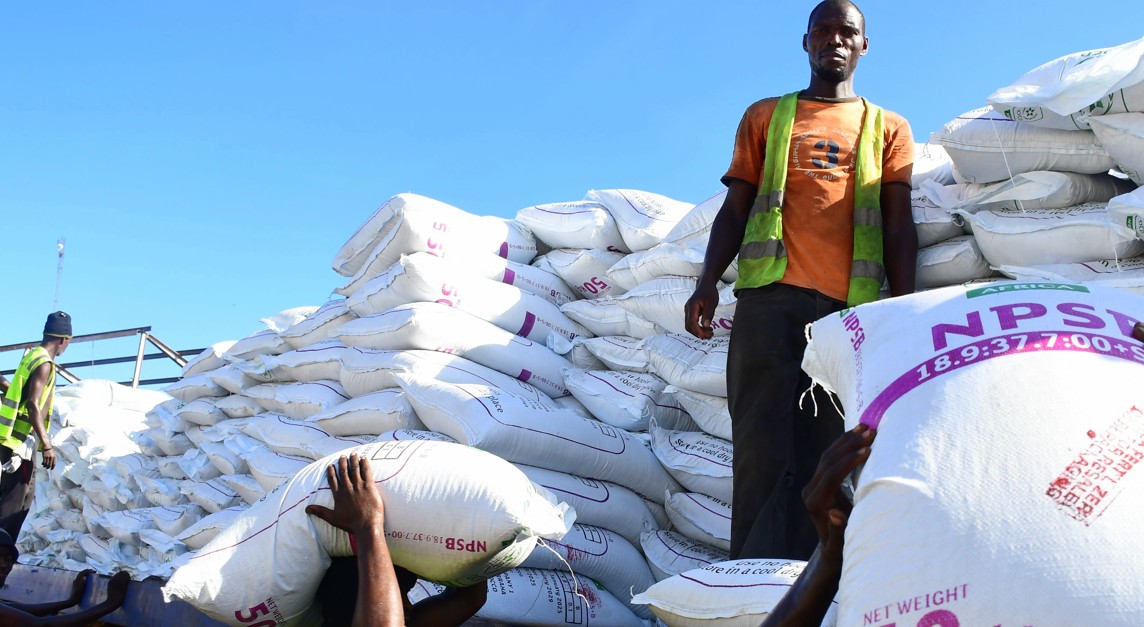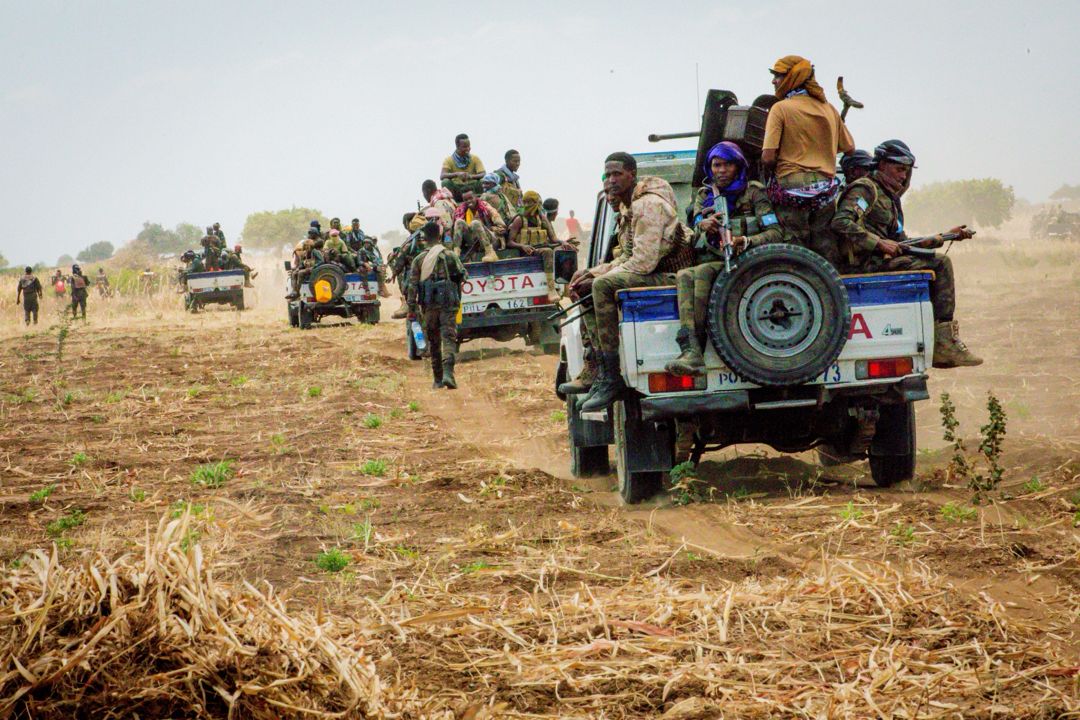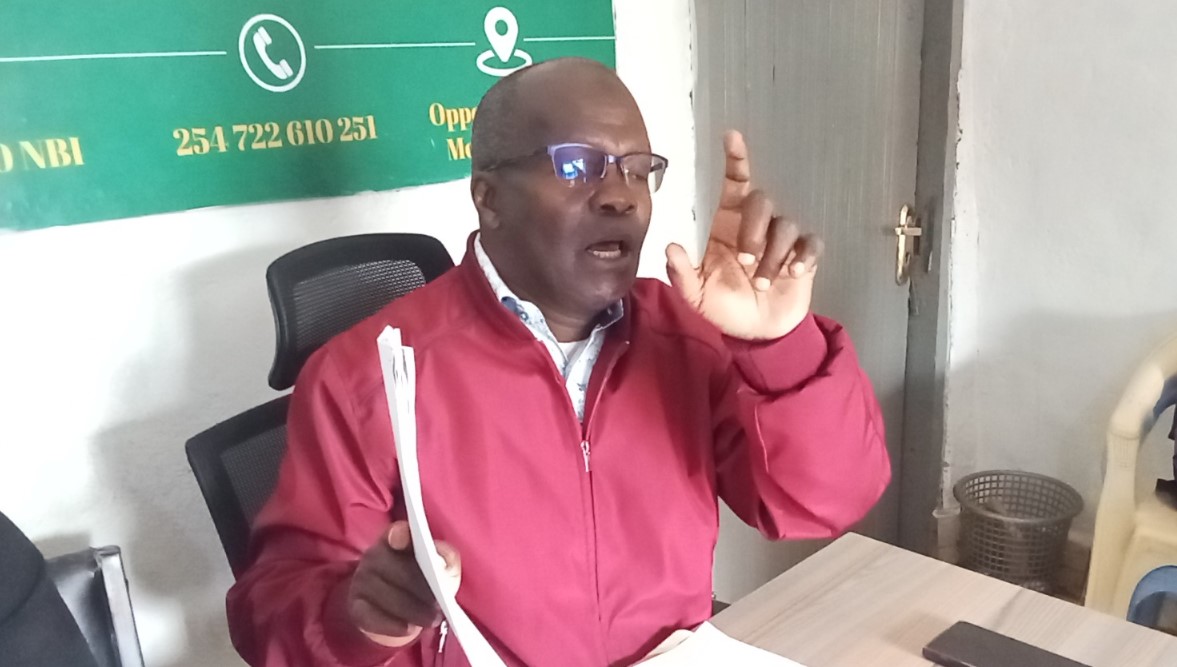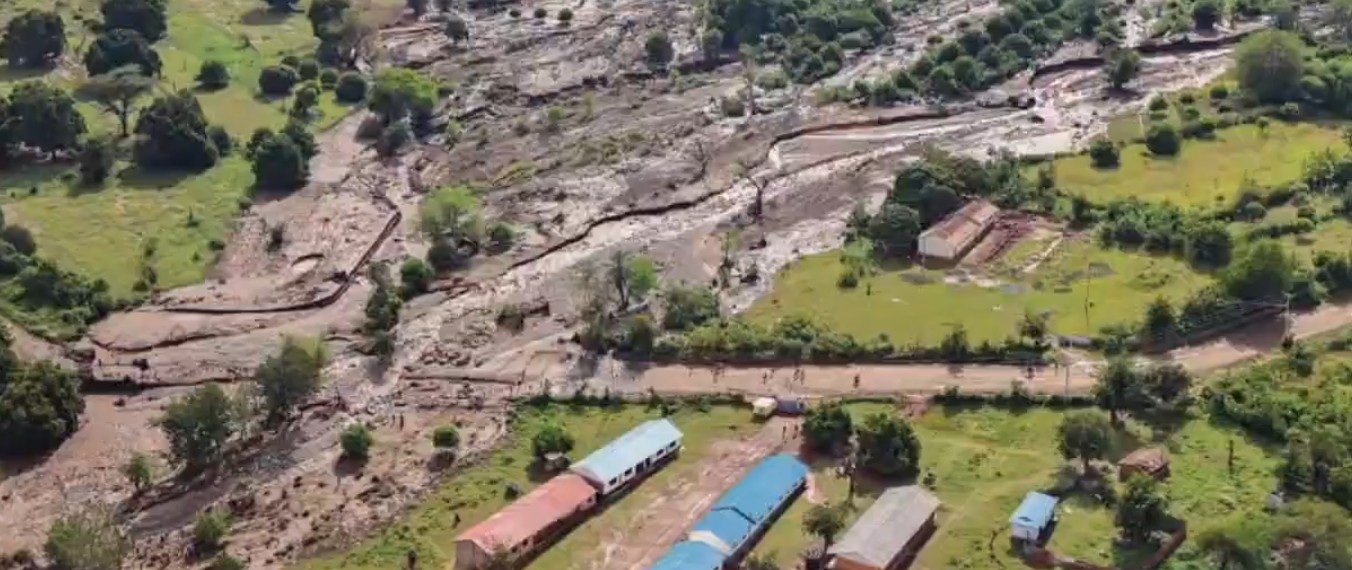KEMRI, Health Ministry warn of potential malaria outbreak in Kakamega
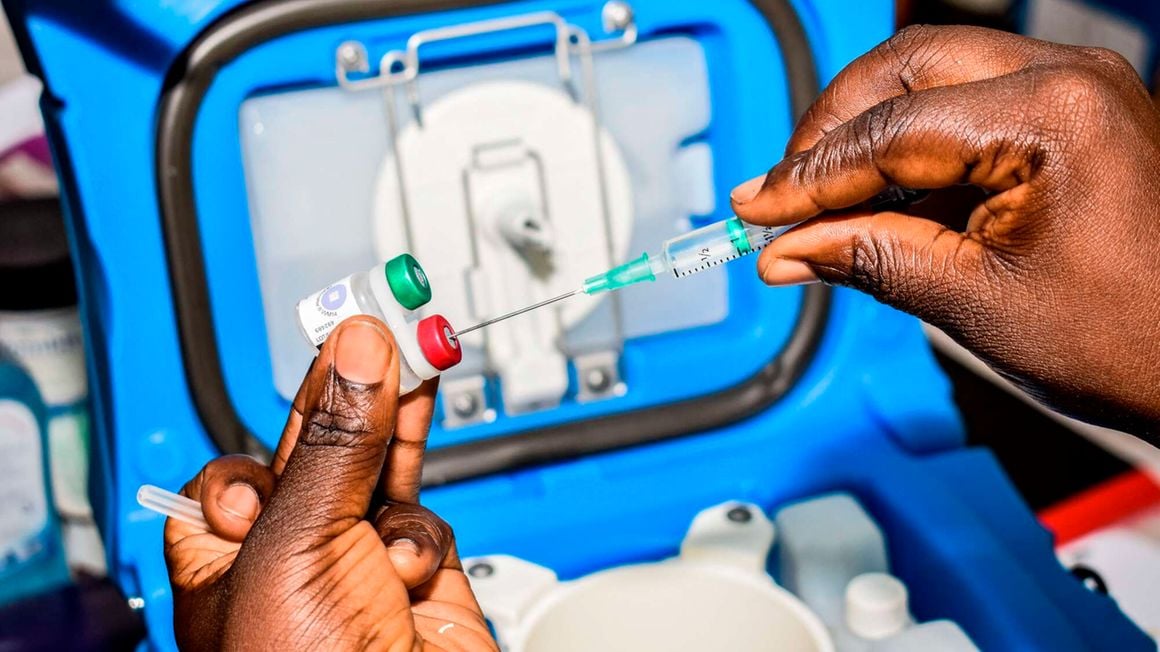
According to the forecast summary for November-December 2025, Kakamega faces a high risk of malaria epidemic, while Kisii and Nandi are at no risk.
The Kenya Meteorological Department, in collaboration with the Ministry of Health and Kenya Medical Research Institute (KEMRI), has issued a malaria epidemic early warning for parts of western Kenya, projecting a high outbreak risk between November and December 2025, particularly in Kakamega County.
The alert is part of the Malaria Epidemic Early Warning Prediction System for the Western Kenya Highlands, covering Kakamega, Kisii and Nandi counties.
More To Read
- More rain, possible flooding expected across Kenya this week- Met
- Five-day forecast predicts intense rainfall across the country
- Heavy rains, gusty winds expected across Kenya
- Met Department issues heavy rainfall warning for Western, Rift Valley regions
- Nairobi among several counties to experience showers and thunderstorms this week - Weatherman
- KEMRI, Gates Foundation launch Sh516 million initiative to boost women’s health research
The system integrates climate and environmental indicators such as temperature and rainfall trends to forecast malaria epidemics and guide early health action.
According to the forecast summary for November-December 2025, Kakamega faces a high risk of malaria epidemic, while Kisii and Nandi are at no risk.
The weatherman notes that the maximum temperature in October 2025 increased from 28.1°C in September to 27.0°C, a positive deviation of 0.6°C above the month’s mean, while rainfall rose from 105.8mm to 248.7mm. The additive model percentage risk for the county stands at 36.4 per cent, above the 30 per cent epidemic threshold.
“Consequently, there is a high risk of malaria epidemic in Kakamega in November and December 2025,” the alert reads.
In Kisii County, the maximum temperature decreased slightly from 26.2°C in September to 25.6°C in October, 0.2°C below the mean. Rainfall increased from 255.5mm to 301.6mm. The epidemic threshold for Kisii is 20 per cent, and the model output shows nil risk.
“Therefore, there is no risk of malaria epidemic in Kisii in November and December 2025,” reads the report.
Nandi County recorded a decline in maximum temperature from 24.0°C in September to 23.0°C in October, 0.3°C below the mean, while rainfall increased from 170.3mm to 238.1mm. The additive model percentage risk is five per cent, below the 20 per cent threshold.
“Hence, there is no risk for malaria outbreak for November and December 2025,” reads the report.
The Malaria Early Warning System combines temperature and rainfall data to estimate malaria transmission risk. When rainfall and temperature rise above certain thresholds, mosquito breeding and parasite development increase, elevating the risk of outbreaks.
“MeteoKenya’s models analyse these trends and share predictions with the Ministry of Health and KEMRI to guide preventive action before epidemics occur,” the department said.
Authorities emphasised that early warning enables early action. By predicting malaria risk, health officials can distribute mosquito nets, mobilise communities and prepare health facilities to prevent avoidable illness and deaths.
“This partnership between climate, health and research institutions is a key step in achieving climate-resilient health systems in Kenya,” reads the report.
The Kenya Meteorological Department noted that forecasts are based on predictive models and observed climate data, which are subject to change.
“While every effort has been made to ensure accuracy and reliability, this bulletin is intended for informational purposes only. Local health authorities should be consulted for actionable guidance and preventive measures against malaria,” the department said.
The weatherman also highlighted the need for continuous monitoring, as malaria transmission is influenced by multiple factors including temperature, rainfall and human behaviour.
“The results emphasise how climate information can strengthen health preparedness, allowing local health authorities and communities to plan preventive measures, distribute mosquito nets, enhance awareness, and prepare health facilities before peak transmission periods,” reads the report.
Top Stories Today

